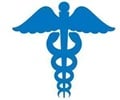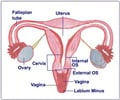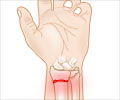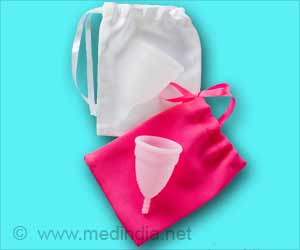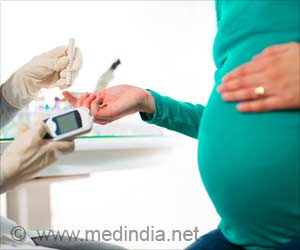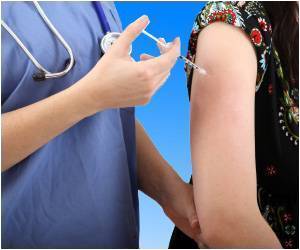In young Finnish athletes menstrual dysfunction is more prevalent than it is among non-athletes of a similar age, but athletes experience less body weight dissatisfaction than non-athletes do.
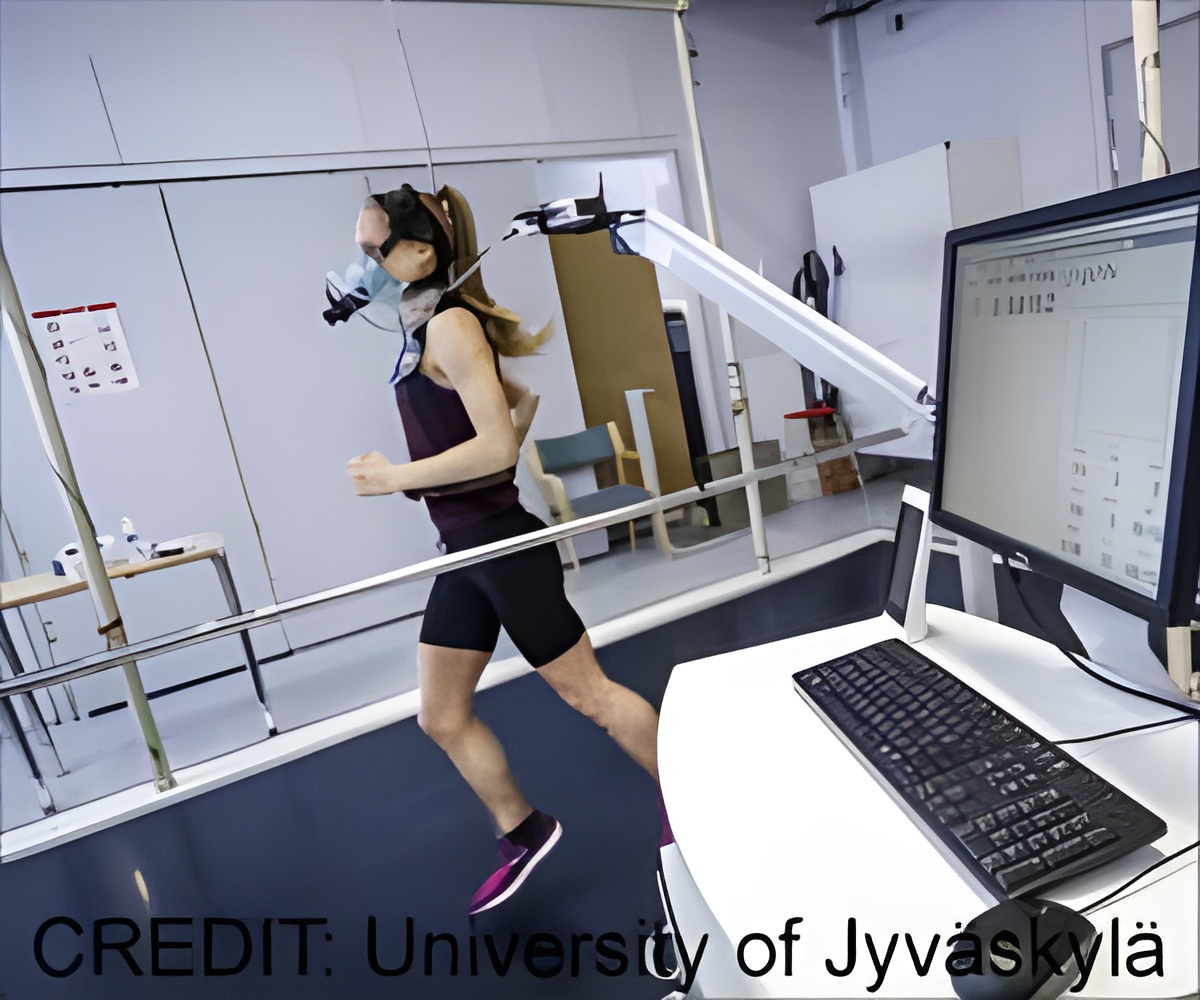
‘Attention should be paid to young people's body weight dissatisfaction as well as menstrual dysfunction in order to prevent future health problems, such as disordered eating and impaired bone mineral density, which can result from low energy availability and menstrual dysfunction.’





The current study used data from the Finnish Health Promoting Sports Club (FHPSC) study, in which a cohort of athletes and non-athletes in adolescence (14-16 years) and subsequently in young adulthood (18-20 years) were investigated. The findings of the study showed that in adolescence, 18% of both athletes and non-athletes reported menstrual dysfunction. However, 8% of the athletes reported primary amenorrhea (absence of menses by the age of 15) in contrast to the non-athletes group, where the prevalence of primary amenorrhea was 0%.
In young adulthood, the prevalence of menstrual dysfunction in athletes was 39%, while 6% of the non-athletes reported menstrual dysfunction. In this study, menstrual dysfunction was defined as follows: primary amenorrhea, prolonged menstrual cycle (>35 days) or absence of menses for at least three consecutive months (secondary amenorrhea).
"We did not investigate the reasons for menstrual dysfunction, but we know from previous studies that one of the most common reasons for menstrual dysfunction is low energy availability (i.e., inadequate energy intake relative to exercise energy expenditure)," explains Suvi Ravi, the corresponding author and a PhD student at the Faculty of Sport and Health Sciences.
"The human body is wise, and in this kind of situation it allocates energy to the functions essential for survival and reduces energy allocation for the systems that are not so essential for life, such as reproductive function."
Advertisement
Advertisement
Source-Eurekalert

